We got the green line of the metro from Ploshchad Aleksandra Nevskogo to Gostinii Dvor metro station and walked down Nevskii Prospekt to the General Staff Building at the northern end of Palace Square. The aim was to see the Impressionist paintings, but we had bought the wrong tickets which were for the Hermitage. So, change of plan, we decided to go to the Hermitage for the day and see the Impressionists tomorrow. We reckoned a good idea would be to see a floor a day and started on the third floor which was the art of the East. It was brilliant, hence the large number of pics which are perhaps 0.001% of the goodies on offer.
Walking home we passed a rather good duo in Palace Square consisting of a vocalist/guitarist and a brilliant electric fiddle player. It seems that Friday is open mic night in St Petes with a band on every street corner getting progressively more shite as we progressed up Nevskii. Looks as if there is a pecking order with the best band in Palace Square. We went to the same restaurant as yesterday and I asked the waiter about a story I had read that members of Narodnaya Volna (People’s Will) anarchist group dug a tunnel from the restaurant under a street that Tsar Aleksandr II was to pass down and stacked it with dynamite. The Tsar was saved by driving down a different street, but the anarchists got him shortly afterwards at a spot where the Church of the Savior of Spilt Blood was built.

The double arch opening onto Palace Square
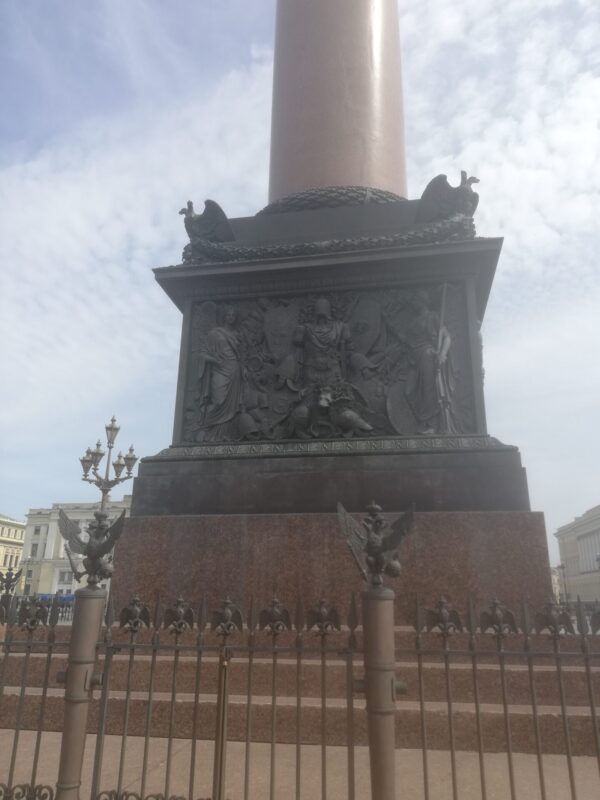
Detail at the foot of the Aleksandr obelisk in Palace Square
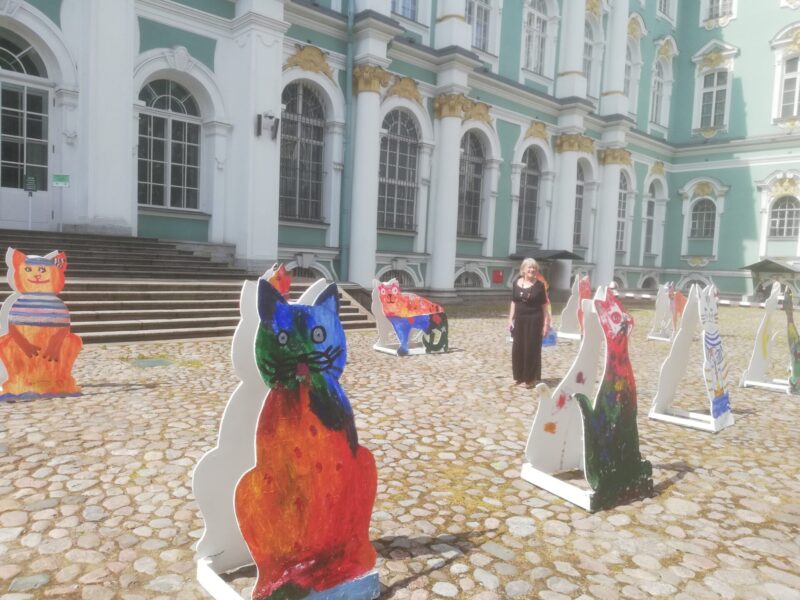
A children’s competition for drawing Hermitage cats
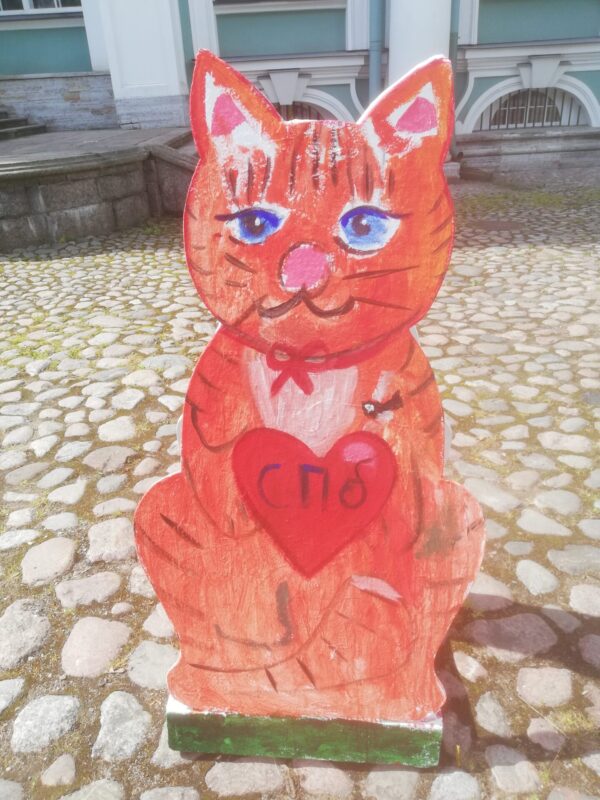
This one’s for Pumpkin

Looking down on the 2nd floor from the 3rd floor of the Hermitage

Life-size models of the Maru-do-Yoroi Japanese warriors of the late 18th-early 19th centuries

Another warrior

Hanging scroll of Sakyamuni Buddha with Boddhisatvas Fujen and Monju from 14th C Japan

Bodhisattva Avalokitesvara Altar from 18th C Japan
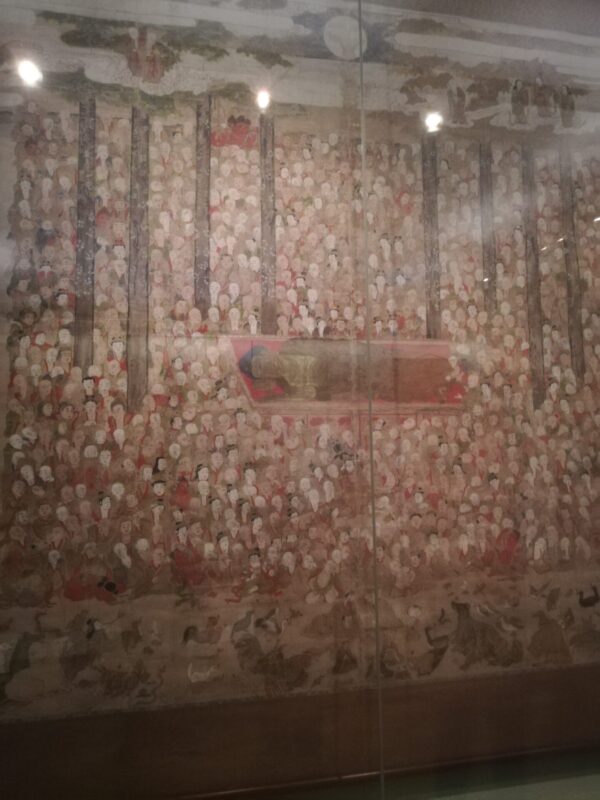
Buddha in Nirvana in 18th C Japan
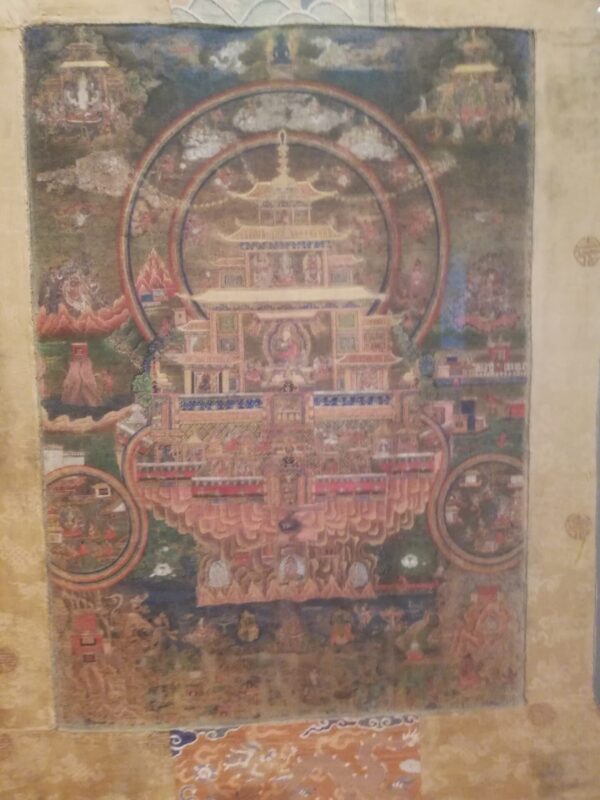
Padmasambhava’s Pure Land, late 18th C Tibet
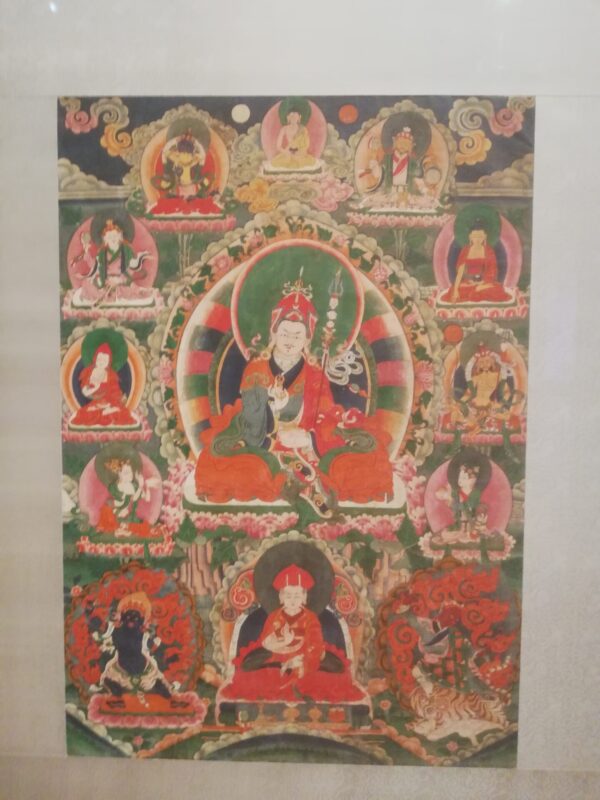
Padmasambhava with his retinue, mid-18th C, Bhutan

5th Dalai Lama, late 18th C, Tibet
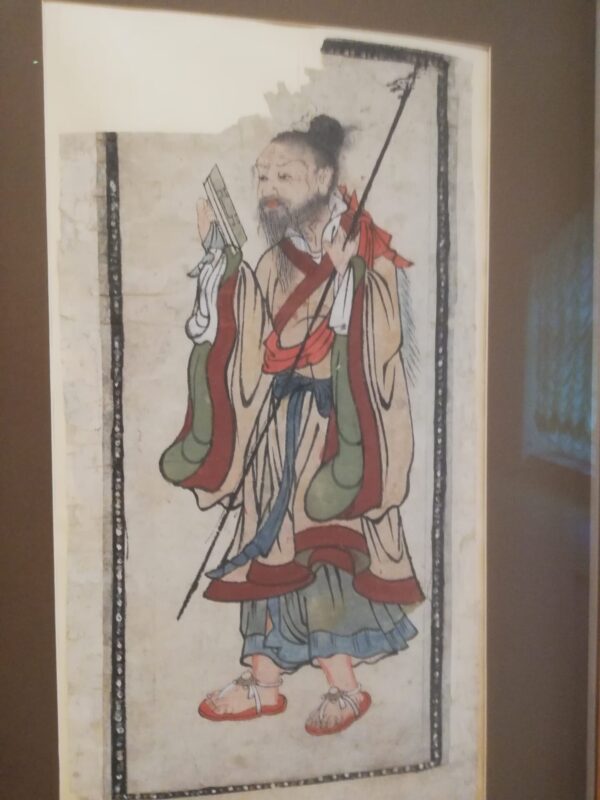
Planet Saturn (Xu-Xing) from Khara-Khoto (Tangut state of the Western Xia) (982-1227)
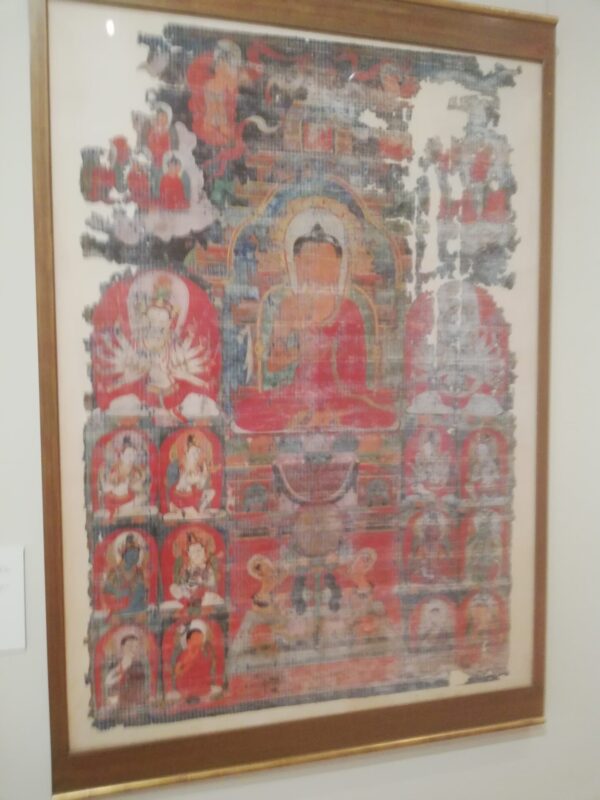
A tangka of a preaching Buddha from Khara Khoto (late 12th).

A ceiling painting from Sengin-agiz, Turpan oasis, (10th-11th) acquired from Sergei Oldenburg’s first expedition to western China in 1909-1910
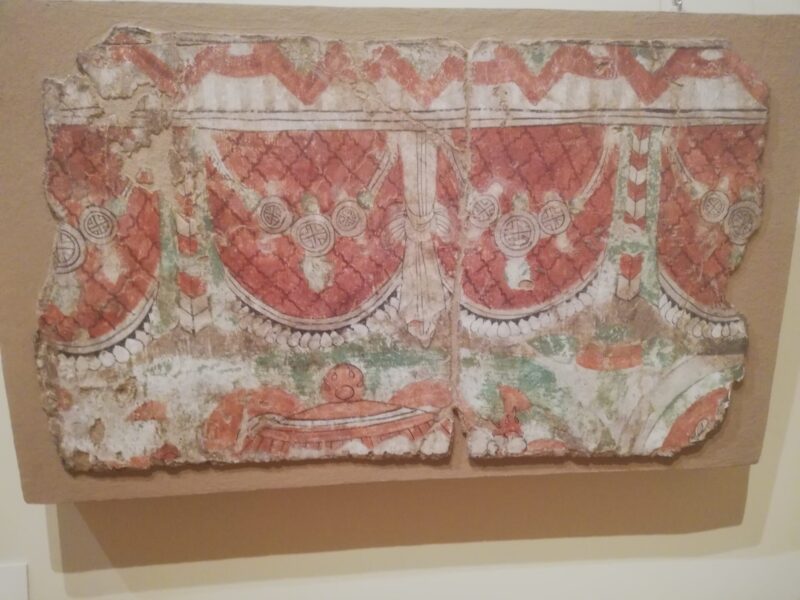
Pelmet from Bezeklik, Turpan oasis, 11th C

Fierce deities from Gaochang, Turpan oasis, 11th C. Gaochang was once the most important town on the northern route of the Silk Road round the Taklamakan Desert until the wells dried up and it crumbled to dust. We went there last year.

A monk at Gaochang, 11th C.
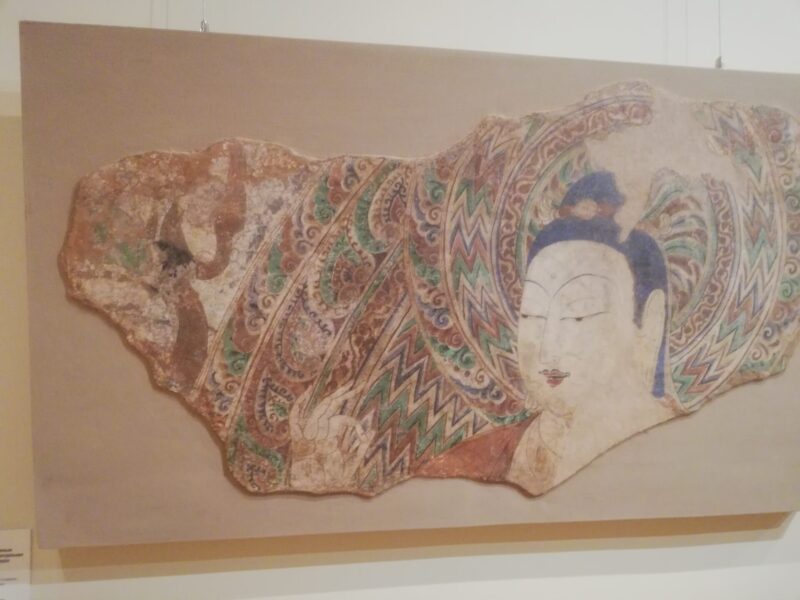
Buddha at Gaochang, 11th C
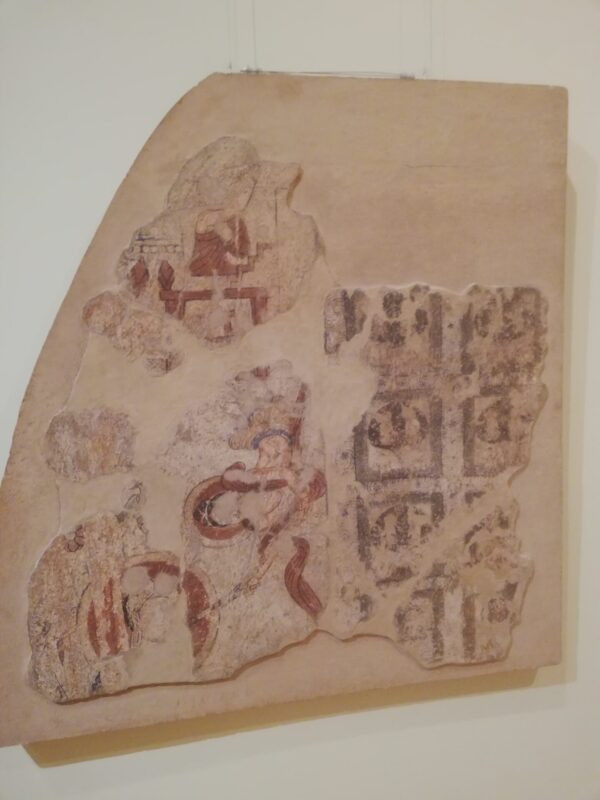
Pure Land of Buddha Amitabha, Tuyuk-Mazar (Turpan oasis), 6th C.
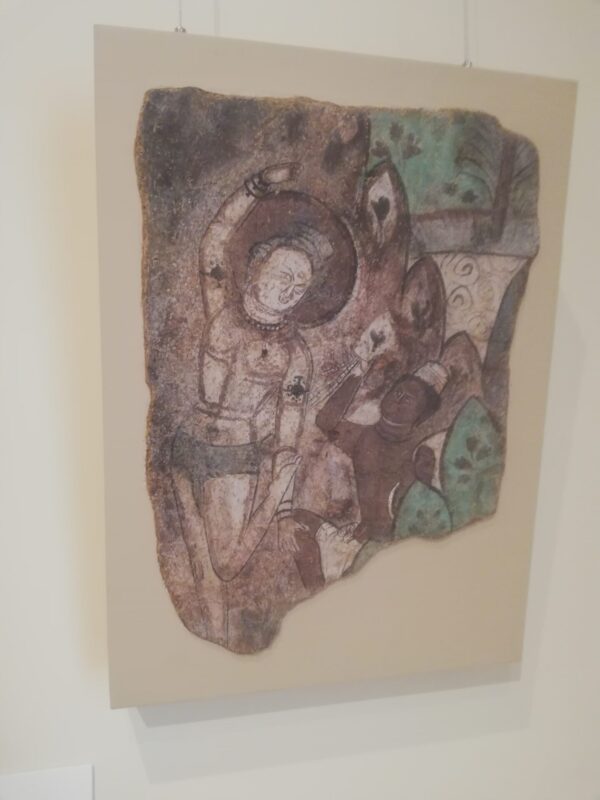
Boddhisatva and a man with a bow, Kumtura (Kucha oasis), 4-6th C.

Group of brahmins and monks, Kizil (Kucha oasis), mural painting 5-6th C.

Hunting scene from Panjakent, Sogdia (current day Tajikistan), room 13 of Kainar Palace, 6th C

Fighting warrior from Panjakent, 8th C.
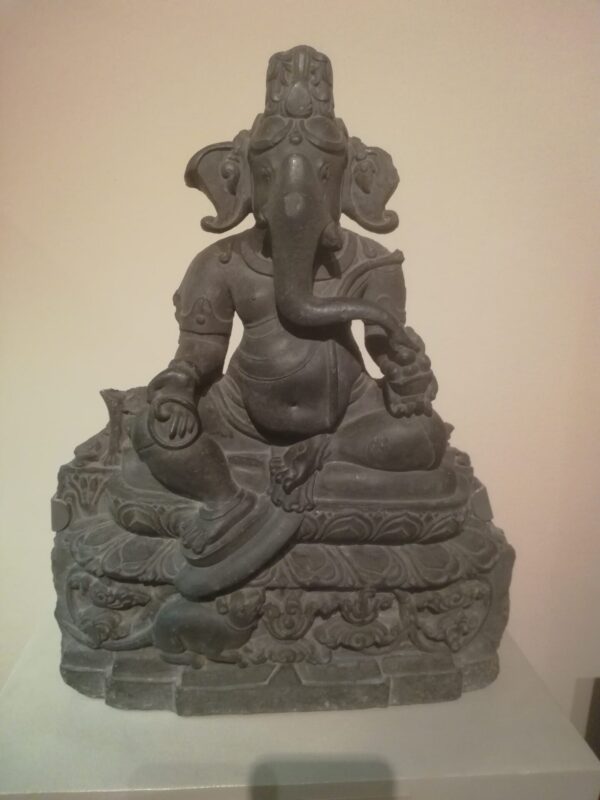
Sitting Ganesha from India, late 11th.
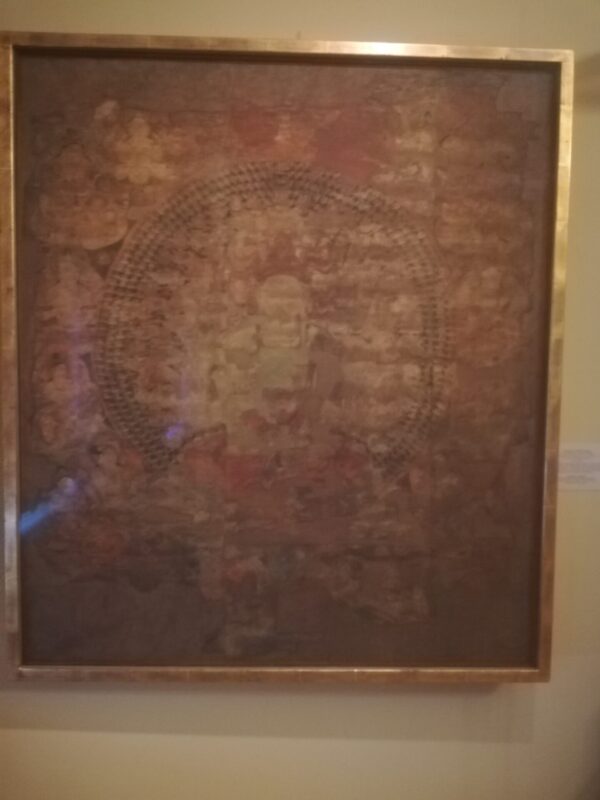
Bodhisattva Manjushri from Mogao Caves (Dunhwang) 9th C,

Iranian woman, first quarter of 19th C.
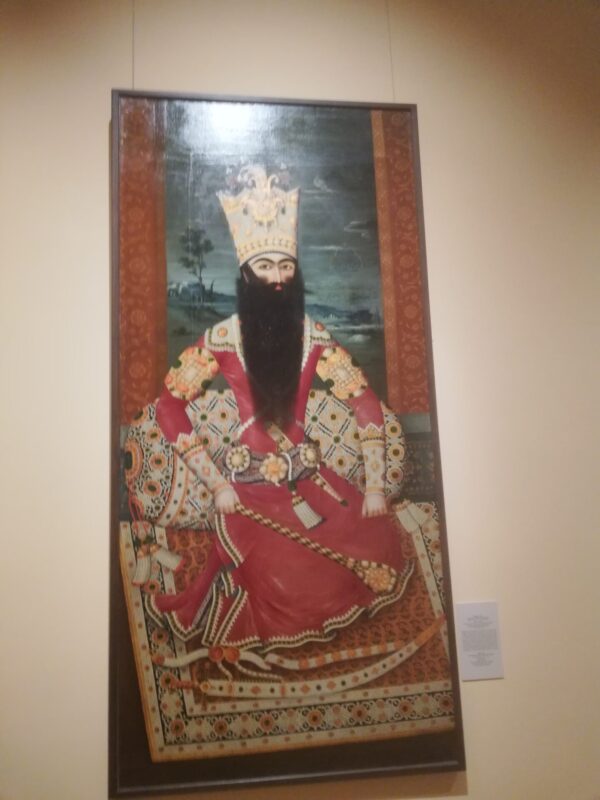
Portrait of Fath ali Shah, Iran 1813
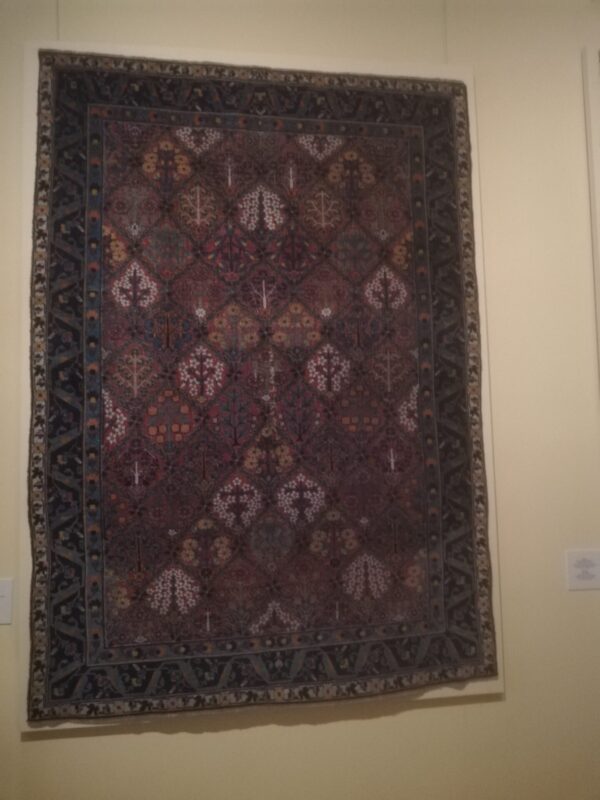
Carpet from Kerman Iran, 18th C.

Carpet from Isfahan, 17th C

Tiles from Imamzadeh Yayah Mausoleum in Varamin, 35 kms south-west of Tehran

Plate with Bahram Gur and Azadeh Hunting Scene, Iran 6-7th C, found in Orenburg Province of Russia before 1880

Iranian chimney
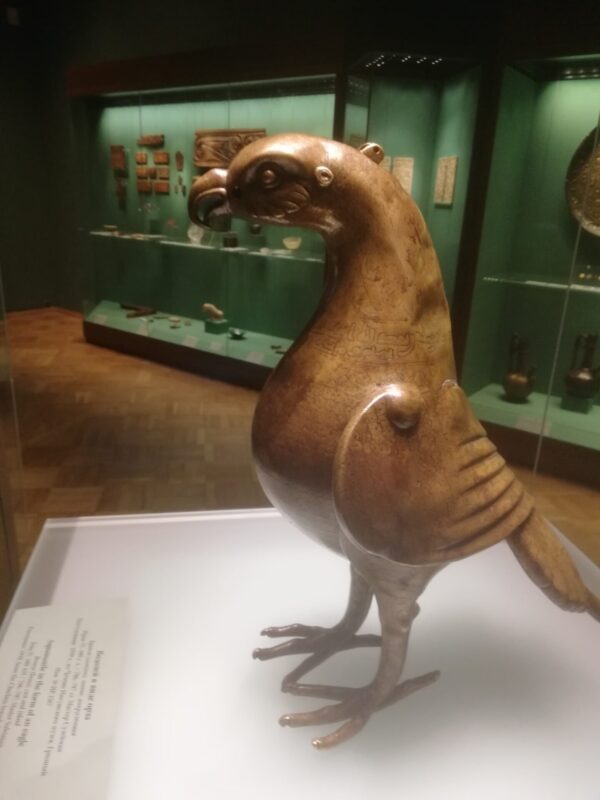
Eagle aquamanile from Iran, made in 796 AD, the earliest dateable piece of Islamic art
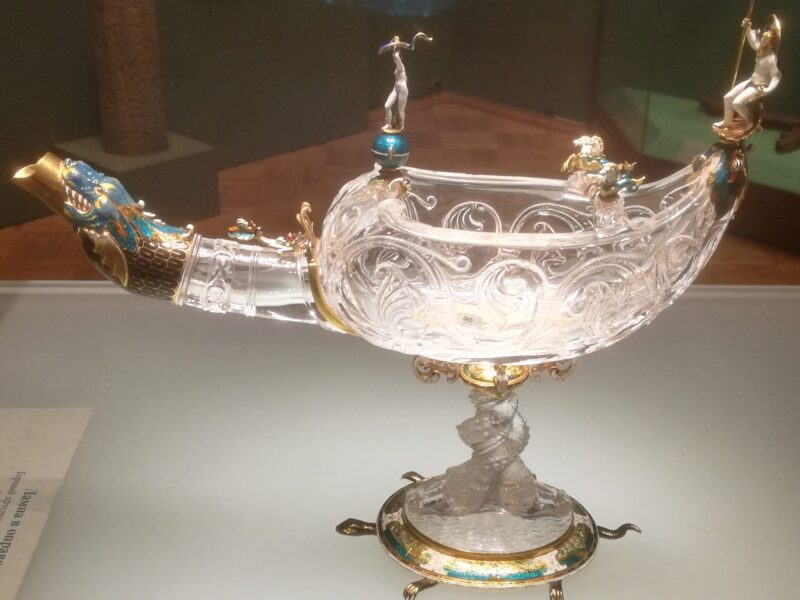
The Hermitage lamp is made of rock crystal and is unique. It was plundered from Jerusalem by the Crusaders and spent many years in a European church or palace.
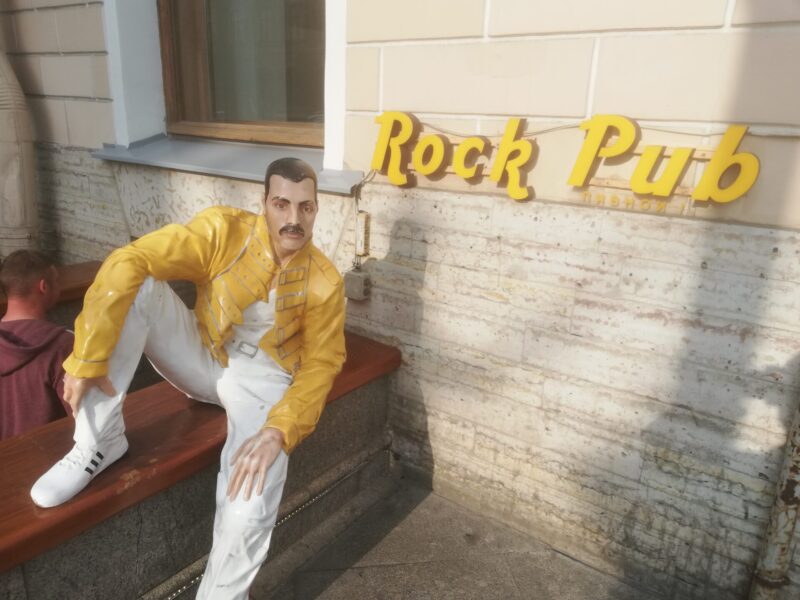
The band in Palace Square was good, but I reckon this bloke was better. I think he will go far.